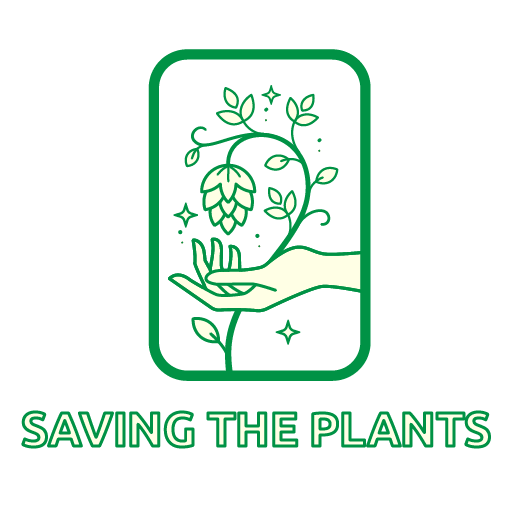Dubbed an “eco-wakening,” a survey by The Economist has found that, more than ever, individuals are becoming increasingly aware of their impact on the environment. It’s also driving engagement and action for nature.
From simple changes like reducing single-use plastics, conserving energy at home, and minimizing water waste; people are finding ways to make their daily routines more eco-friendly. At the same time, consumers are striving to support sustainable brands, as they believe that brands have as much responsibility as governments to create positive environmental change.
One sector that’s riding this wave is the eyewear industry, which reached $142 billion in global sales in 2022, presenting a huge market that’s historically been reliant on oil-based plastics. The good news is that much of this is changing, and new materials and manufacturing processes are being explored to provide environmentally-friendly eyewear to consumers. Here’s a closer look at how the eyewear industry is moving towards sustainability:
Greener Materials and Manufacturing
Historically, eyewear production has relied heavily on oil-based plastics, which are derived from fossil fuels. This dependency on non-renewable resources is a major contributor to environmental damage, as plastics take centuries to decompose, filling landfills and polluting oceans. Moreover, virgin plastics are estimated to account for 3.8% of global greenhouse gas emissions, making the shift to sustainable alternatives essential in the fight against climate change.
In response, many eyewear brands are working to reduce their carbon footprint by switching to greener materials. A prime example is Walmart’s Karün brand, which uses recycled materials to create stylish, sustainable eyewear. Karün frames are made from recycled fishing nets, metals, and plastics collected from the coasts of Patagonia, reducing waste while also supporting the cleanup of marine ecosystems.
Another brand moving towards sustainability is Readers, known for offering over 500 affordable styles of reading glasses with strengths ranging from +1.00 to +3.75. Readers is incorporating recycled plastics into their designs, such as The Mateo and The Ellie, which are made from 50% recycled plastics. By utilizing recycled plastics, some studies suggest that carbon emissions can be lowered by as much as 30% to 80%. This demonstrates how even small adjustments in material sourcing can contribute to environmental preservation.

Sustainable materials are just one aspect of the eyewear industry’s green transformation. Many companies are also improving their manufacturing processes to reduce energy use and waste production. Renewable energy, such as solar power, is being increasingly adopted by factories to lower carbon emissions. Additionally, some manufacturers are focusing on waste minimization, with offcuts from production being reused or transformed into new products instead of discarded.
Efforts to Give Back
In addition to using sustainable materials and manufacturing methods, brands are implementing social responsibility initiatives to give back to the environment and communities in need. A notable example is Eco Eyewear’s “One Frame, One Tree” program, which plants a tree for every frame sold. Since its launch in 2009, this initiative has resulted in the planting of over 3.3 million trees, sequestering more than 154,629 metric tons of CO2.

The program is run in partnership with the non-profit organization Trees for the Future and operates using the Forest Garden Approach. This method promotes sustainable land use by working with local farmers in Sub-Saharan Africa to improve soil health and increase crop yields. Not only does this initiative help combat deforestation and carbon emissions, but it also provides a source of food and income for communities. The “One Frame, One Tree” program exemplifies how the eyewear industry can foster environmental and social change through responsible business practices.
Visit the Saving The Plants website for more sustainability articles and ways to live a greener.


